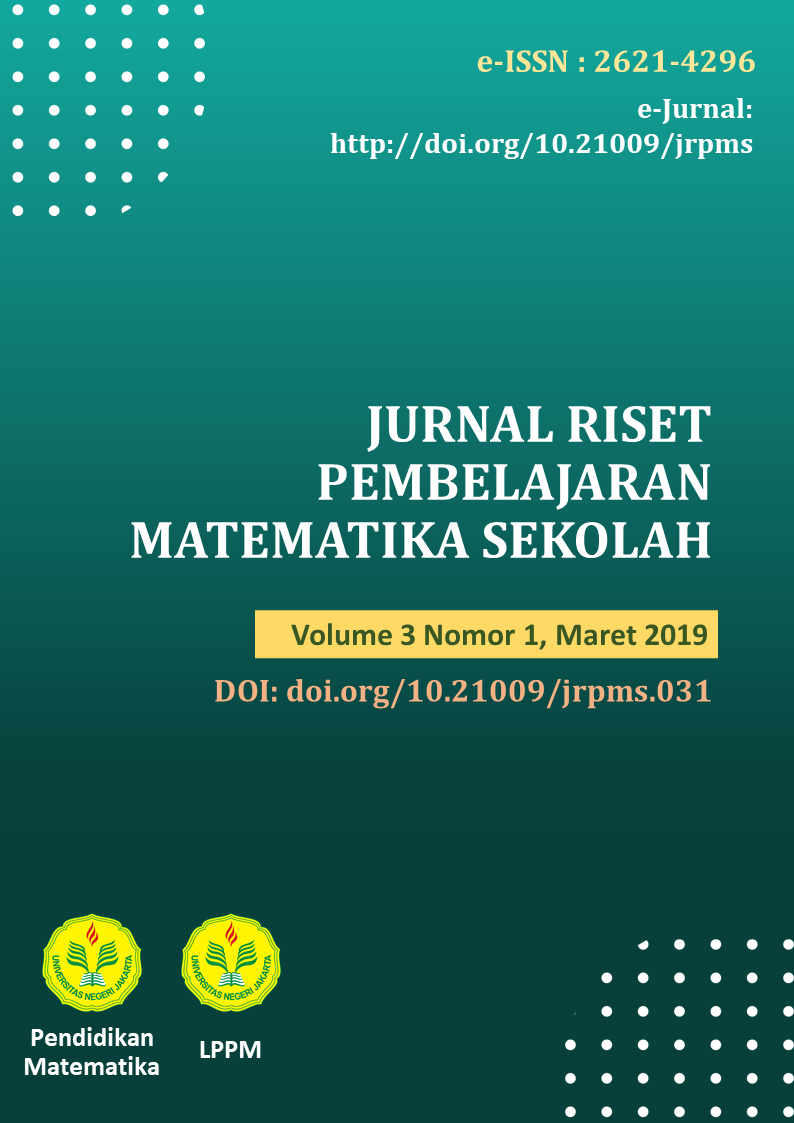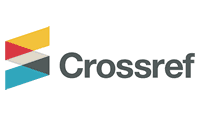Pengaruh Model Pembelajaran Kooperatif Tipe Cooperative Integrated Reading and Composition (CIRC) Terhadap Kemampuan Pemecahan Masalah Matematis Siswa di SMP Negeri 3 Kota Tangeran
Abstract
The influence of Cooperative Learning Model Type Cooperative Integrated Reading and Composition (CIRC) against an increase in the ability of the Mathematical problem solving of students in SMP Negeri 3 Kota Tangerang. Thesis. Jakarta: Mathematics Education Courses. Faculty of mathematics and natural sciences. State University of Jakarta. 2019. The research was distributed by the student's mathematical problem solving ability are low caused still present the implementation of learning mathematics based on teachers and the lack of teachers in the conditioning provide the capability of solving mathematical problems. One of the attempts to fix it is to implement cooperative learning model type CIRC. this research aims to know the influence of cooperative learning model type CIRC against an increase in the ability of the mathematical problem solving of students in SMP Negeri 3 Kota Tangerang. This research was conducted on grade VIII in SMP Negeri 3 Kota Tangerang 2018/2019 school year. Sampling techniques using cluster random sampling by specifying a class experiment in class VIII-4 (cooperative learning model type CIRC.) and one control class in class VIII-5 (model learning conventional) of four classes randomly selected between VIII4-VIII7 class. Data analysis techniques using a t-test with a test of normality test analysis prerequisite test using the Kolmogorov-Smirnov test and its homogeneity by using Fisher test. The first hypothesis to be tested, namely an increase in the ability of mathematical problem solving of students with the influence of cooperative learning model type CIRC in class experiments. The test results showed tcalculate = 33.3147 ttable = 1.9949 and then accept H1 tcalculate > ttable criteria, meaning that there is an increase in the ability of the mathematical problem solving of students in classes that use cooperative learning model type CIRC. The second hypothesis to be tested, namely an increase in the ability of the mathematical problem solving of students with the influence of conventional learning model in the control class. The test results indicate tcalculate = 31.7777 and ttable = 1.9949 then accept H1 tcalculate > ttable criteria, meaning that there is an increase in the ability of the mathematical problem solving of students in classes that use conventional learning. The third hypothesis will be tested i.e. mathematical problem solving ability improvement is higher between the two classes. The test results indicate tcalculate = 6.0357 and ttable = 1.9949, then accept H1 tcalculate > ttable criteria on a 5% significance level, meaning there is an increased ability of the mathematical problem solving of students in classes that use the model cooperative learning type CIRC higher than those using conventional learning. The results of hypothesis testing gives the conclusion that there is an influence of the application of the cooperative learning model type CIRC against an increase in the ability of the mathematical problem solving of students in SMP Negeri 3 Kota Tangerang





